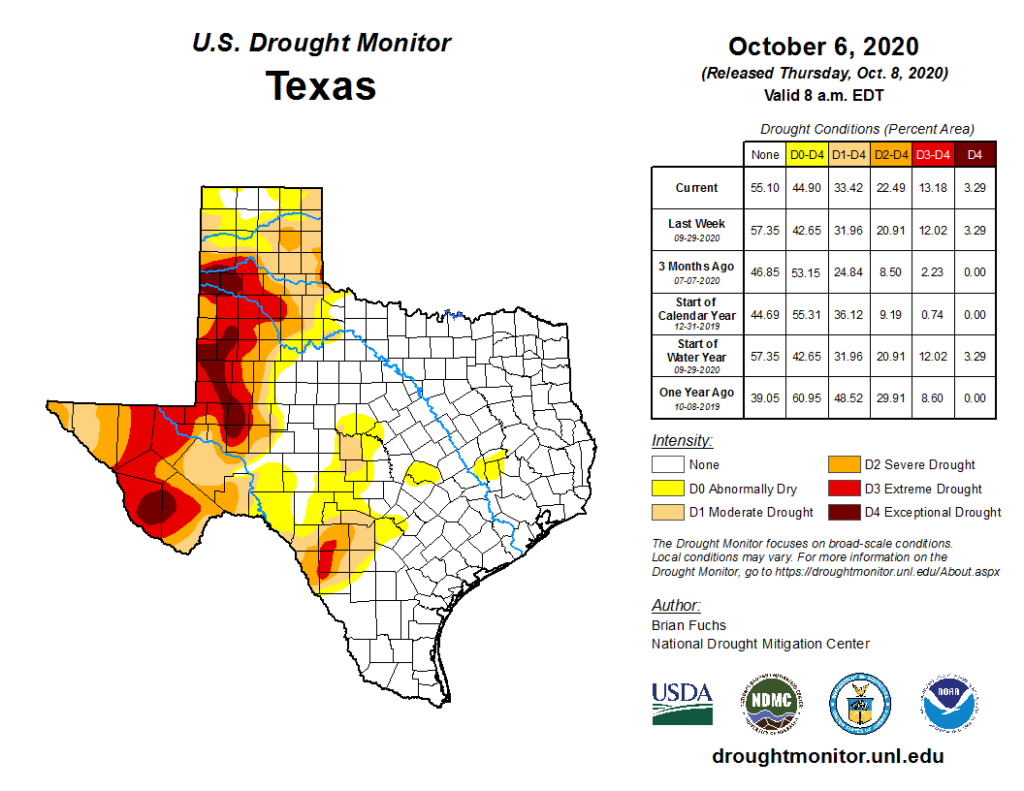
Don’t miss this rare opportunity at the award-winning Dixon Water Foundation Leo Ranch to gain comprehensive knowledge in Holistic Management® and create a livestock grazing plan that will help create more land health and financial success on your ranch or farm.
This school is for you if you’re interested in farming, ranching, land conservation, or urban agriculture and want to improve your decision-making, profitability, water use, and soil health. Large- and small-scale producers are all invited! Visit the link below for more information.



